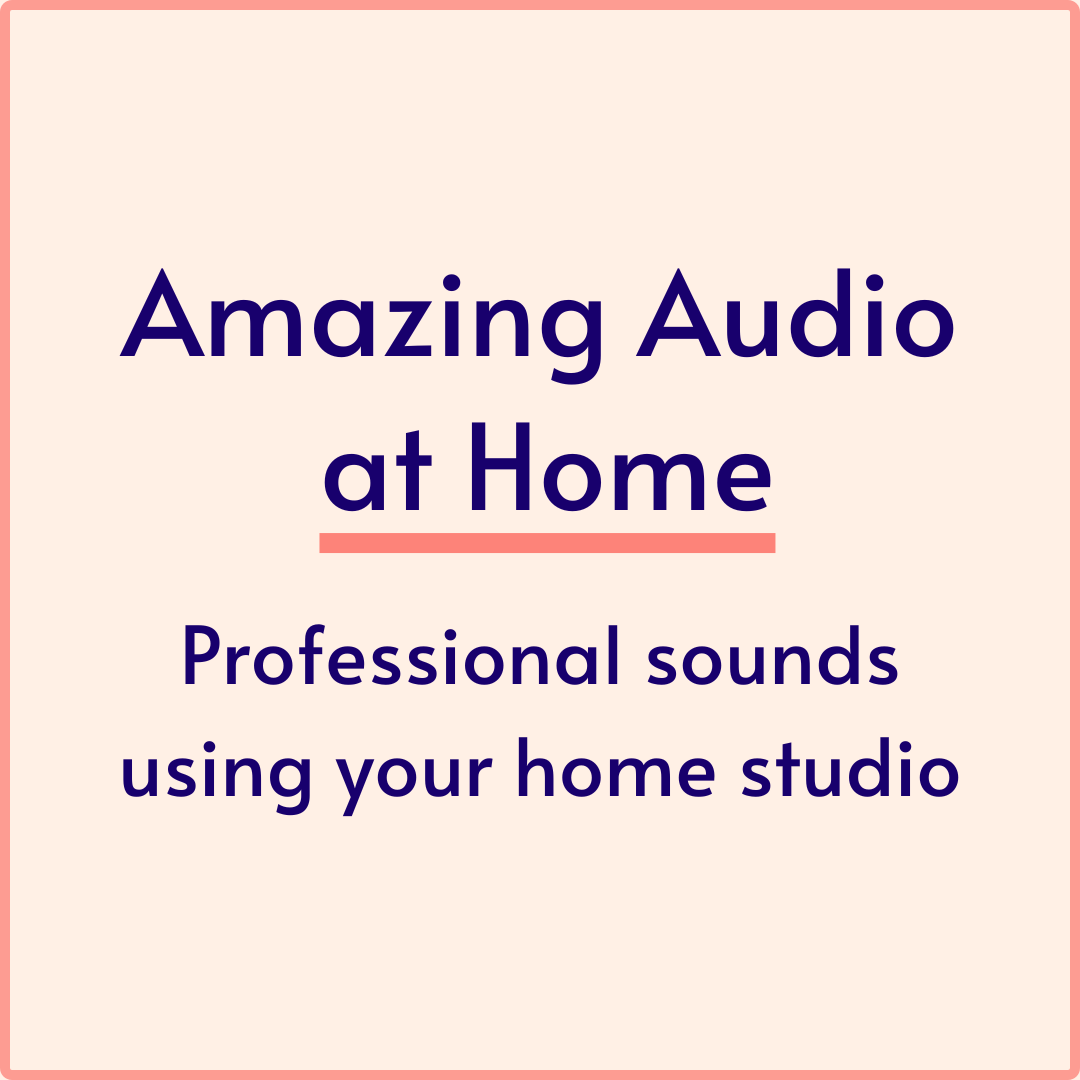Audio for YouTube: Voiceover quick tips
Quick tips on Voiceover audio for YouTube, using the free version of DaVinci Resolve.
I’ve condensed my Audio for YouTube video down into a quick-tip version that gets you all of the basics, even faster.
This video goes over how to set up a simple voiceover audio segment, inside of your video editing software. In this case, I’m using the free version of DaVinci Resolve (a highly recommended program if you’re getting into video), but you can set up a similar chain of effects inside of just about any video editor.
There are now three versions of this knowledge available, two of which are free:
This quick-tip, 5-minute YouTube version.
A more detailed long-form YouTube version, available here.
An even more detailed version for those who like a deep dive and might want to go pro, available inside of Amazing Audio at Home.
Enjoy!
The complete vocal effects chain
There’s several different components to this effects chain:
Hi-pass filter
Equalizer
Compressor 1
De-essing
Compressor 2
Limiter
Each of these different effects has a specific purpose. The hi-pass filter, for example, controls low-end rumble. The limiter serves as our final volume knob to get our mix up to our target volume level, while also preventing our mix from clipping. In between those bookends, we’ve got an EQ to help improve the vocal sound, and a few different compressors that each serve slightly different purposes in making the audio more listenable.
Inside of the video, I go through each effect inside this chain in detail, and also show the complete before and after, comparing the raw unmixed audio to the finished, mixed audio.
The deep-dive details
The tips inside this video will get you started off properly, and will put you ahead of many other creators on YouTube.
To take your work even further, additional details, including technical information on cinematic vs. YouTube styles of loudness, and an even deeper dive into each of the individual effects setups can be found inside of the full course lesson.
You can learn more about Amazing Audio at Home here.

